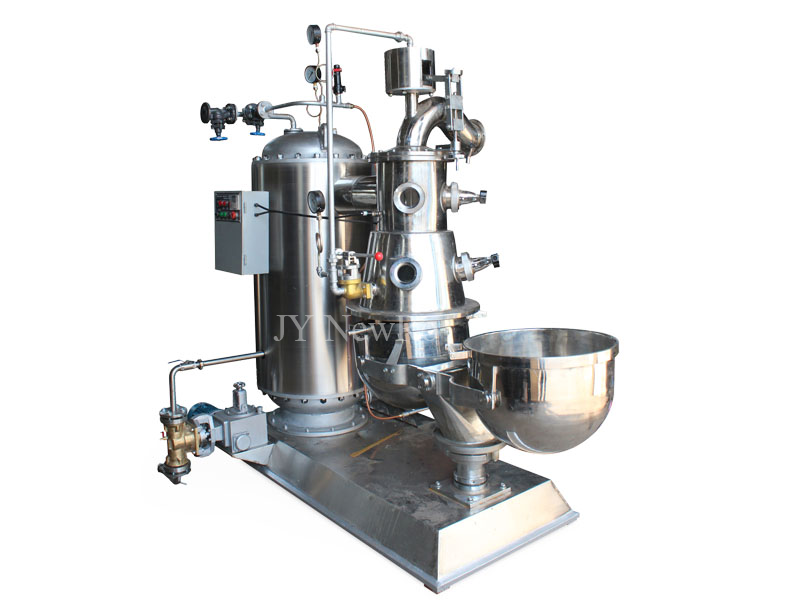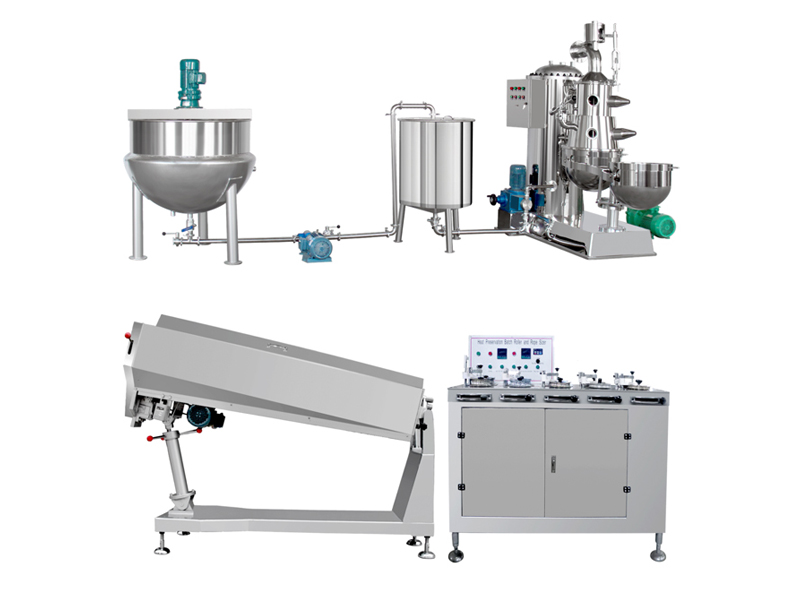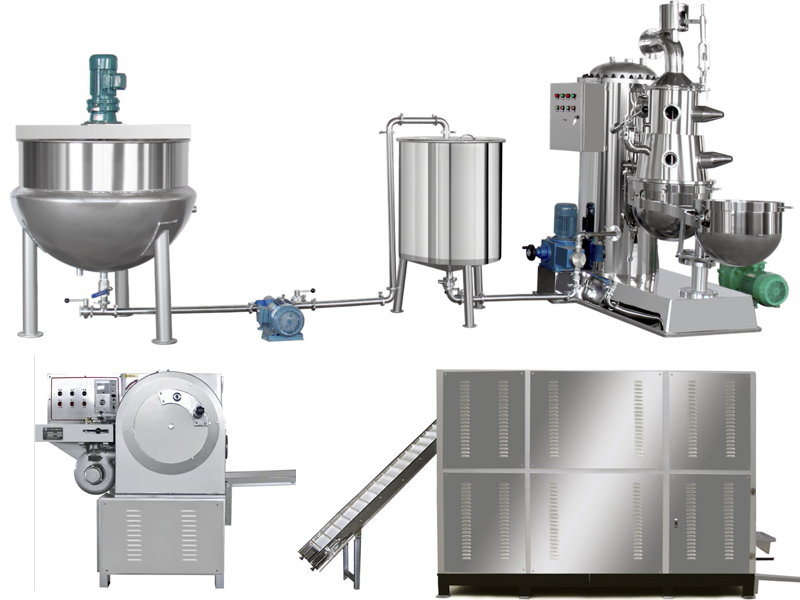Throat Lozenge Die Forming Line
A throat lozenge is a small, typically medicated tablet intended to be dissolved slowly in the mouth.Soothe sore throats: They can help relieve irritation and pain caused by conditions like the common cold, flu, or strep throat.Some lozenges contain ingredients that can temporarily stop coughs.It can increase saliva production, which can help to moisten and soothe irritated tissues.

Throat lozenges often contain ingredients like:
- Menthol: Provides a cooling sensation and can help to open up airways.
- Honey: Soothes irritated tissues and can help to suppress coughs.
- Licorice: Has anti-inflammatory properties and can help to reduce throat irritation.
- Eucalyptus oil: Can help to loosen mucus and clear congested airways.
- Zinc: May help to shorten the duration of a cold.
A throat lozenge production line involves several steps, from mixing ingredients to packaging the finished products. Below is an outline of the typical process and the equipment involved:
- Raw Material Preparation
- Ingredients: The main ingredients for throat lozenges typically include sugar, glucose syrup, flavorings (e.g., menthol, eucalyptus), medicinal active ingredients (like honey, herbal extracts), and stabilizers.
- Quality Check: Raw materials are inspected for purity and compliance with standards before use.
- Mixing and Cooking
- Batch Mixer: The raw ingredients are mixed in a large batch mixer to form a homogeneous mixture. The proportions depend on the desired formulation.
- Cooking: The mixture is then heated in a kettle or a specialized cooking unit to achieve the desired viscosity and consistency. This step is crucial to ensure the lozenges will hold their shape during molding.

- Temperature Control: Precise temperature control is required to avoid burning or improper texture development.
- Forming the Lozenges
- Molding Machines: After cooking, the syrup is poured into molds or pressed into a forming machine that shapes the lozenges into the desired size and shape. Common methods include:
- Roller Forming: A heated, rotating roller spreads the syrup into a thin sheet, which is then cut into pieces.
- Molded Pressing: The syrup is poured into pre-formed molds, where it is allowed to cool and solidify.
- Cooling Tunnel: The lozenges are passed through a cooling tunnel or chilled conveyors to solidify at the proper temperature.
- Packaging
- Automated Packaging Machines: Once cooled and tested, lozenges are fed into packaging lines. Depending on the desired final product, the lozenges may be:
- Individually Wrapped: Each lozenge is wrapped in foil or paper.
- Bulk Packaging: Lozenges are packaged in bottles, jars, or blister packs for consumer purchase.
- Sealing and Labeling: Packaging is sealed, and labels are added with product information such as ingredients, usage instructions, and expiry dates.
- Storage and Distribution
- Finished products are stored in a controlled environment until they are ready for distribution. Proper storage conditions (temperature and humidity control) are essential to maintain product quality.




